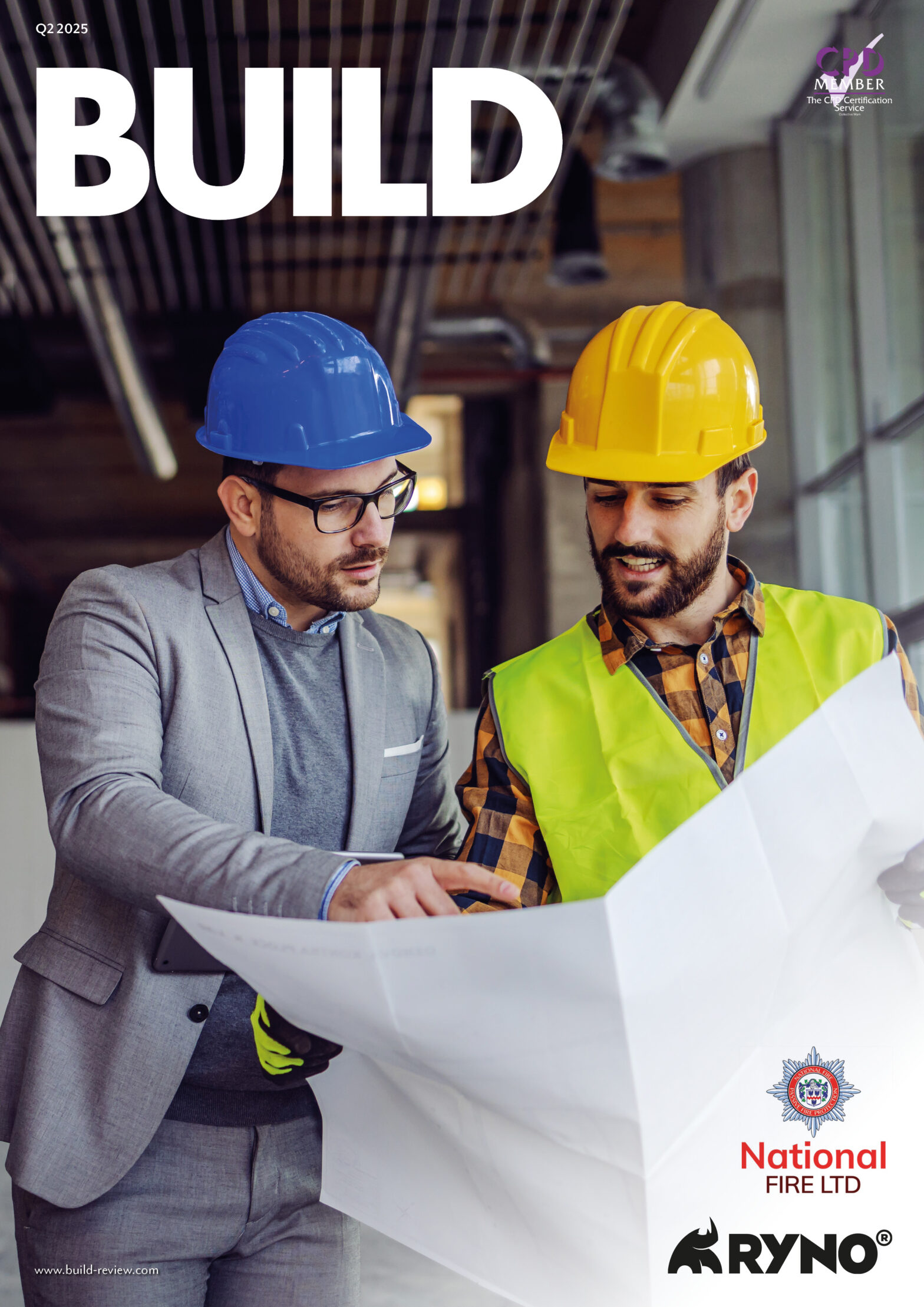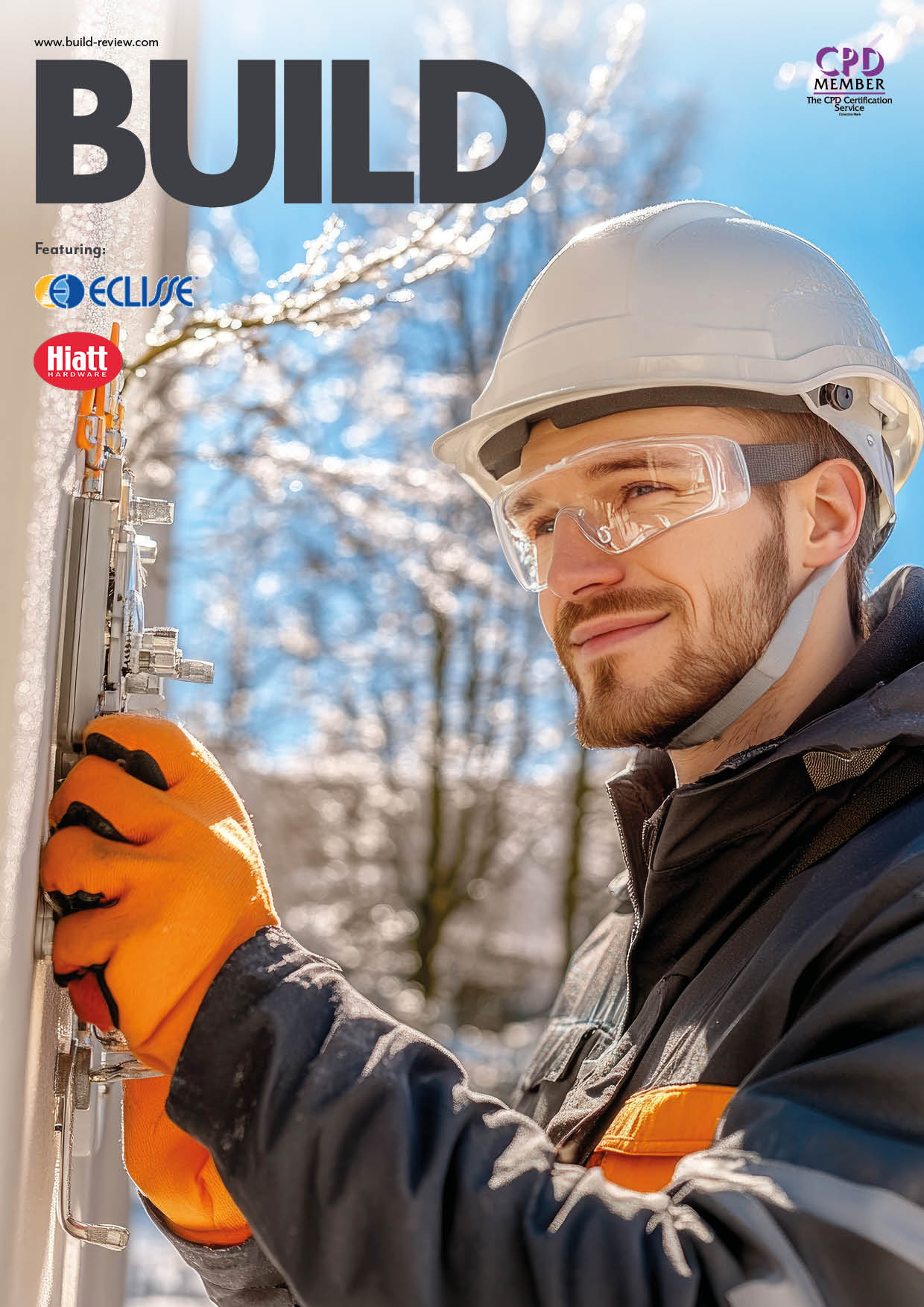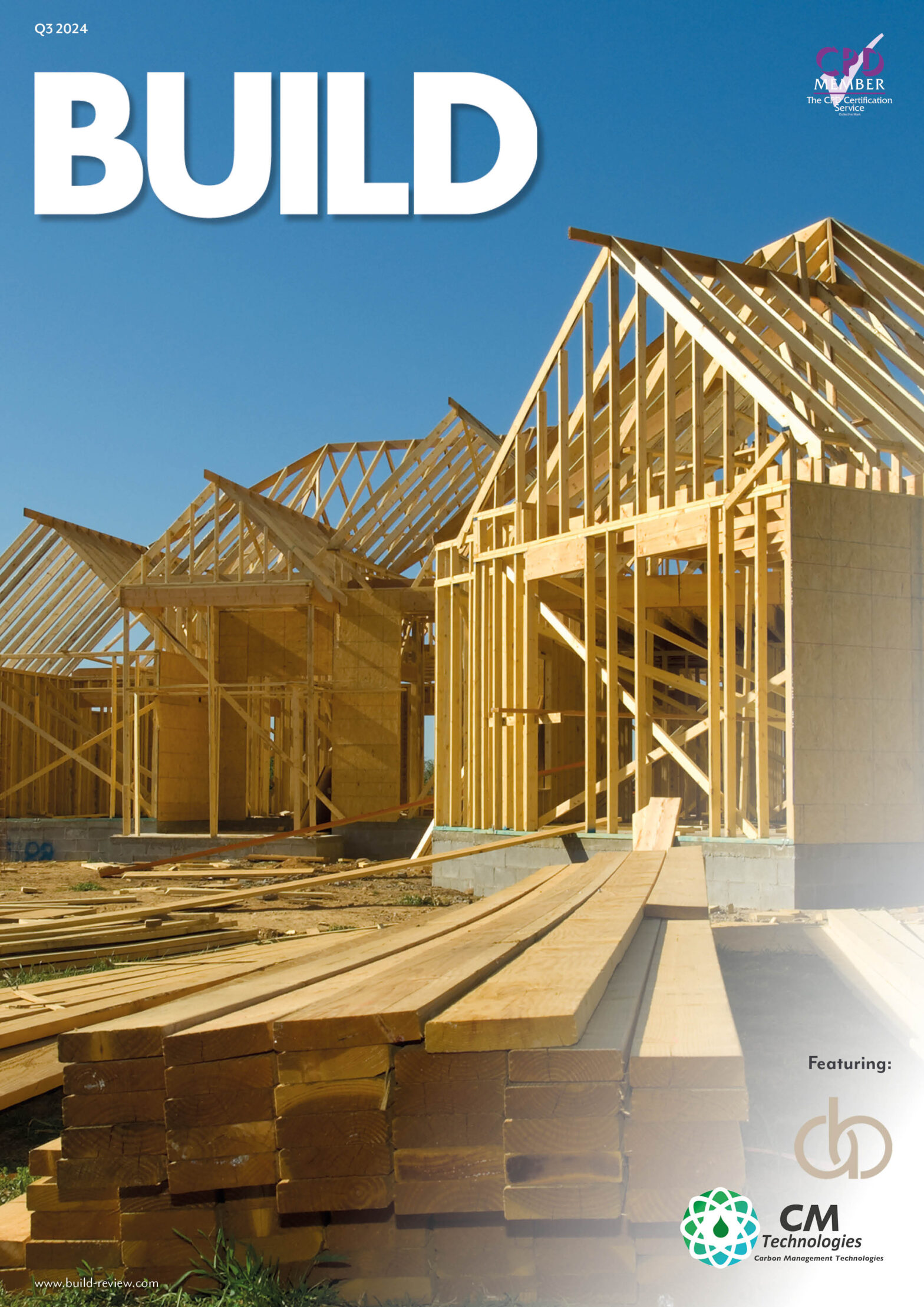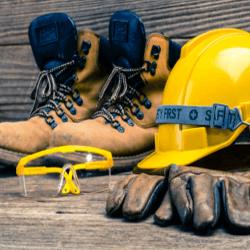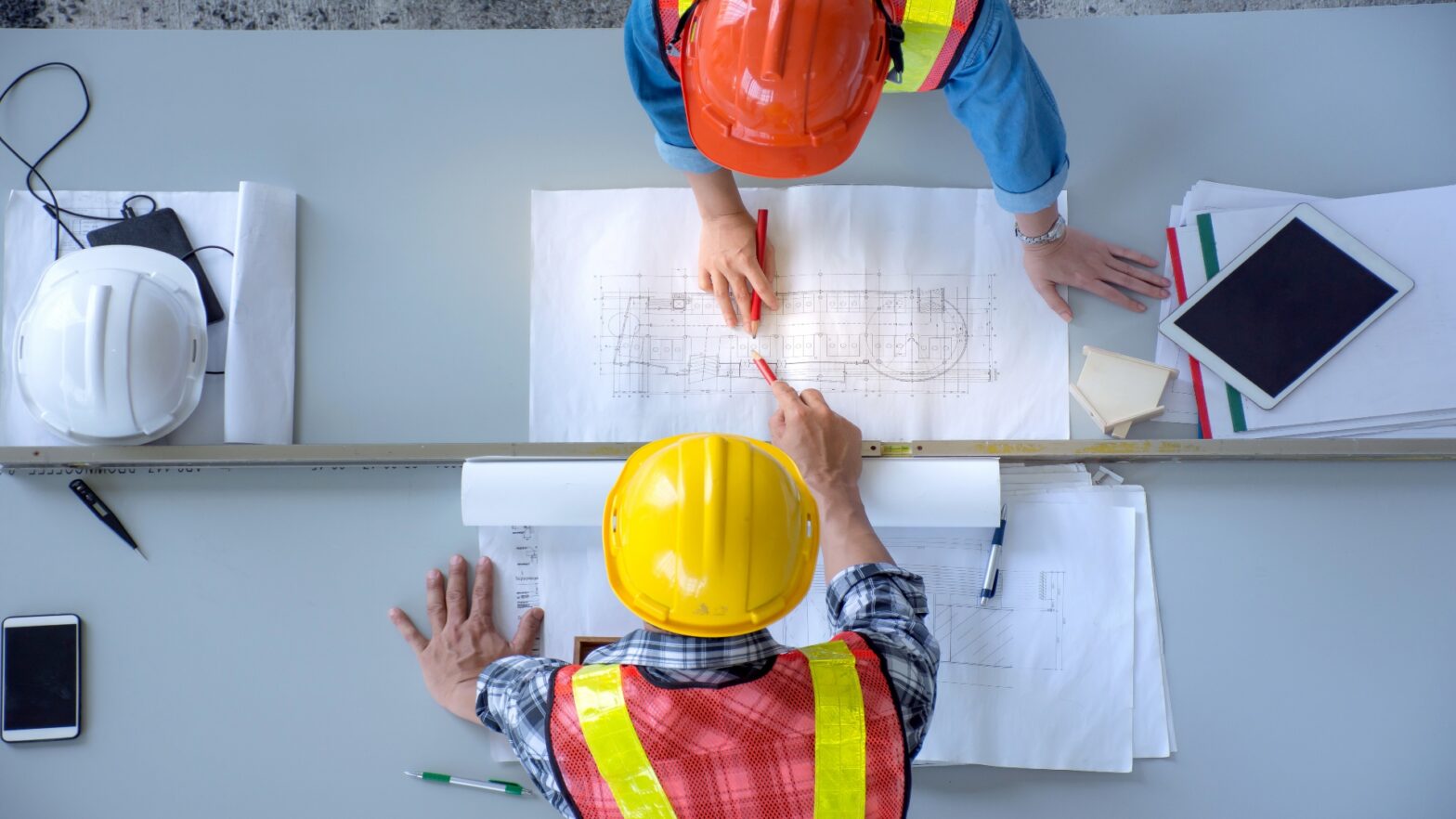Planning for Safety: Health and Safety Requirements for Construction Sites
Health and safety on a construction site are paramount. The number of injuries and fatalities within the construction industry are higher than any others, with an average of 64,000 non-fatal injuries to workers each year. Falls from a height are the predominant cause of concern, with more than 49% of all issues relating to falls. Medtree, a worldwide distributor of medical supplies and first aid kits, is sharing the most up-to-date requirements to ensure the protection of your employees.
All construction sites have a duty of care to the workers they must follow, and includes staff as well as those who visit. This can include:
? Onsite staff
? Any visitors
? External contractors
To meet the requirements of the Health and Safety at Work Act 1974, you must undertake a risk assessment. This identifies any potential hazards on the site and ensures provisions are in place. If you are unsure as to what to include, there are templates readily available online.
Risk Assessments
A risk assessment is a government requirement, ensuring all site equipment and venues are safe for staff and visitors, while identifying any possible hazards. In turn, the risk assessment should reduce the number of incidents, and include:
? Action and provisions in place to resolve any accidents
? Identify first aiders at the construction site
? Highlight any unsafe equipment or conditions
? Reassess the unsafe conditions as to whether they have been resolved
During the risk assessment of your construction site, if you happen to come across any issues deemed unsafe or likely to cause incident – they must be resolved immediately. As part of the Health and Safety at Work Act 1974, you’re required to provide a safe and free from accident workplace for your employees. Should any issues be identified, your site must not operate until they have been resolved.
Construction Site Hazards
With the use of dangerous equipment and the need to work from great heights, there are a number of hazards for construction workers. Your job is to identify those risks and protect your staff to your best possible ability.
Falls
Each year, falls account for the largest number of fatalities within the industry. A number of factors can be involved in fall fatalities, such as unstable surfaces, lack of equipment and protection and even human error. As an employer, you are required to provide fall protection systems for staff working on surfaces with unprotected edges or sides, six feet or above the ground. You can follow the requirements via:
? Installing guardrails
? Safety net systems
? Aerial lifts and elevated platforms
? Cover floor holes
All workers should also familiarise themselves with the potential fall hazards and never work on a site where protection systems are yet to be installed.
Scaffolding
An estimated 2.3 million construction workers, or 65% of the entire construction industry, work on scaffolds. There are more than 60 deaths each year due to unsafe scaffolding. Your scaffold should be designed and erected by fully-trained companies and feature:
? Solid footing, fully planked and 10 foot from power lines
? Include guardrails, midrails and toeboards
? Head protection on at all times
? Non-skid work boots for staff
? Never exceed maximum load, or use items such as ladders or large boxes
Ladders & Stairways
Poor ladder equipment is one of the primary contributing factors to falls. Failure to properly secure ladders or stairways can affect those attempting to carry tools or materials. You should always:
? Mark defective ladders until repaired
? Train employees on ladder safety
? Ladders should conform to OSHA standards
? Tools and materials should be carried using a tool belt or rope
Toxic Substances
Exposure to toxic substances can cause physical issues, chemical burns, fire, explosions and more. You should:
? Maintain a Material Safety Data Sheet (MSDS) for all chemicals onsite
? Ensure information is accessible for all staff and train employees on reading the MSDS
? Follow manufacturer instructions for handling hazardous substances
? Have a spill control plan and provide spill clean-up kits
? Train staff on the risks and provisions
? Store chemicals safely
Electrics
Staff who work with electrical outlets – overhead lines, cable harnesses, circuit assemblies – place themselves at risk of exposure to electrical shock. Employers must be aware of the hazards and provide proper training to employees.
? Follow OSHA electrical requirements
? Tag live, energized circuits
? Ensure personal protective equipment is provided
? Keep the area neat and clear of debris
? Install guardrails to avoid falls
? Shield welding areas
? Provide correct fire extinguishers
? Do not let temporary electrics overload
Safety Checklists
While accidents may still occur with all provisions in place, the below safety points – along with above solutions – will minimise the risk on your construction site.
Eye and Face Protection
Safety glasses or face shields should be worn at all times to ensure protection during welding, cutting, toxic substances etc., and to avoid foreign objects getting into eyes.
Head Protection
Hard hats should be on at all times when working on a construction site. If the hard hat is severely damaged, it should be replaced and routinely inspected for any dents, cracks or deterioration.
Hand and Foot Protection
Gloves provided for workers should fit the employee’s hand and the correct gloves for each job must be inspected. For example, heavy-duty rubber gloves for any projects involving concrete. Staff should also wear anti-slip and puncture, steel-capped boots to prevent crushed toes from falling debris.
First Aid Kits
First aid kits are a requirement for construction sites. Your first aid kit must include:
? Gloves
? Various types of dressing
? Eye pads
? Sharp and blunt scissors
? Instant ice packs
? Triangular bandages
? Sterile gauze swabs
? Crepe bandages
? Wound wash solution
? Deep freeze spray
? Emergency foil blanket
? Safety pins
? Resuscitation face mask
Steps to Implementing an Emergency Plan
Without a health and safety plan, you are failing in your duty of care. You must implement a procedure for an emergency action plan and distribute it to all staff. Medtree are sharing the steps for safety:
Management should assign responsibility for the plan and implement and review the procedure.
Stay up-to-date on government requirements for health and safety.
Provide proper training for first aiders, with first aid provisions in place and records of all first aid certificates.
Familiarise and work in accordance with the risk assessment.
Provide detailed handouts on equipment, hazards and the provisions in place to staff.
Ensure all staff understand the importance of accident reporting and what to do in an emergency.
Keep a well-stocked first aid kit on the site.
Have a fall protection system.
Create accountability at all levels.
Sources:
http://www.hse.gov.uk/statistics/industry/construction/
https://www.constructconnect.com/blog/construction-safety/10-construction-site-safety-tips/
https://www.osha.gov/SLTC/scaffolding/construction.html



